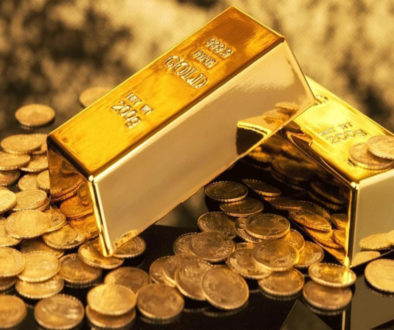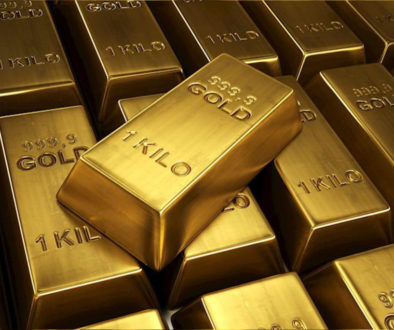Gold Price Hits 1-Month Low as China Halts Purchases
Gold prices plunged across all major currencies on Friday, dropping $80 an ounce in just six hours. The fall outpaced declines in global stock markets, bond prices, Bitcoin, and copper. This sharp drop was triggered by stronger-than-expected U.S. jobs data, further accelerating the slide in gold, which had already been under pressure from news that the People’s Bank of China (PBoC) did not add any gold to its official reserves in May.
This break in China’s 18-month streak of gold purchases came as May marked a record-high gold price for the third consecutive month in U.S. Dollar terms.
The U.S. Bureau of Labor Statistics reported non-farm payrolls had increased by 272,000 in May—more than 55% above consensus forecasts. As a result, the likelihood of a U.S. interest rate cut at the Federal Reserve’s September meeting dropped from roughly two-thirds to just one in two, according to futures markets.
Gold prices had already fallen by 2.3% from a two-week high of $2387 during late Asian trading, following the PBoC’s announcement. Prices fell another 1.1% after the jobs data release, breaking through the previous week’s four-week lows before rebounding at $2305 per ounce—a price that had marked a new record high at the start of April.
The slump in gold coincided with a drop in U.S. Treasury bond prices, pushing Washington’s 10-year borrowing costs up sharply from the previous day’s two-month low of 4.28% to 4.42% per annum.
Neil Meader, director of gold and silver analysis at Metals Focus, highlighted China’s booming private-sector gold demand in 2024, noting that the PBoC’s previous gold purchases helped spur gold buying among Chinese households. Additionally, China’s gold-buying activity was aligned with its strategy of reducing its official holdings of U.S. Treasury bonds.
“A trend of reducing exposure to dollar-denominated assets is not new in China’s reserve management,” Meader said. “Given the uncertainty surrounding the 2024 U.S. presidential election, geopolitical instability could rise, keeping gold demand strong, especially among trade surplus nations with relatively low gold reserves.”
Despite the pullback in gold, central bank demand for the metal remains resilient. Meader projects another 1,000 tonnes of official sector gold purchases in 2024, marking a third consecutive year of robust central-bank buying.
Silver followed gold’s downward trend, falling 3.9% from its one-week high in London trading before dropping another 1.6% after the U.S. jobs and wages report, falling below $30 per ounce.
Meanwhile, China’s stock market slipped 0.5% overnight as trade data showed strong exports but weak imports in May. European markets also dipped after reaching a new all-time high on the EuroStoxx 600 index, while the S&P 500 in New York remained flat, and copper prices hit a one-month low.
In contrast, Bitcoin rebounded from its initial dip, heading toward a new all-time high above $71,000 for the weekend.
Gold priced in euros dropped to one-month lows at €2130, while the British gold price dipped to its lowest level since early April at £1814. Markets are now eyeing upcoming decisions from the U.S. Federal Reserve and the Bank of England, both of which are expected to keep rates unchanged at their respective meetings in June, maintaining the highest borrowing costs in two decades. This contrasts with the European Central Bank and the Bank of Canada, both of which began cutting interest rates this week, despite inflation remaining above their target levels.




